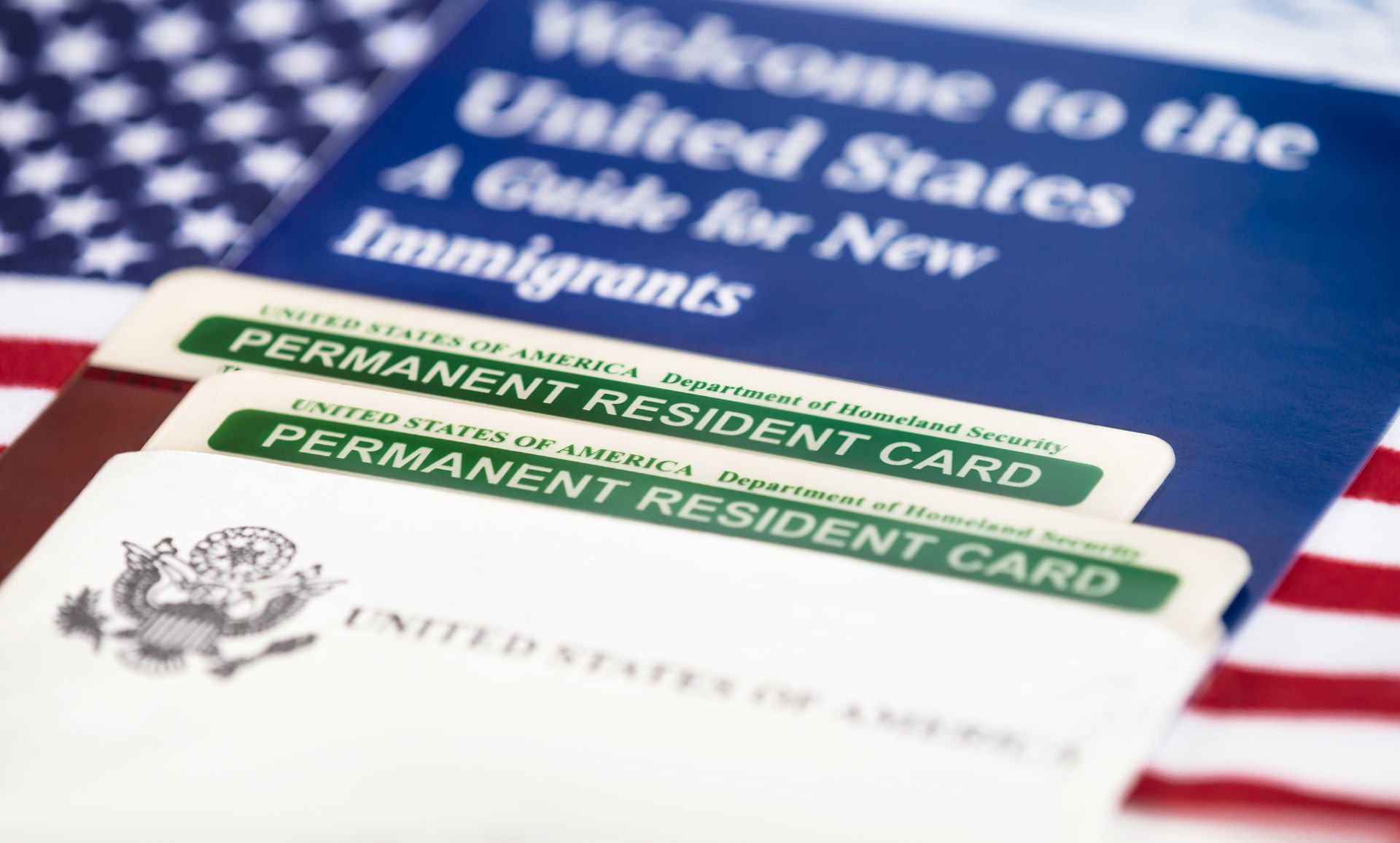K-1 Visa Explained: How to Bring Your Fiancé to the United States
K-1 Visa Explained: How to Bring Your Fiancé to the United States
Love knows no borders — but immigration law does. If you are a U.S. citizen engaged to someone who lives abroad, the K-1 fiancé visa may allow you to bring your partner to the United States so you can marry and begin your life together. At ARC Legal Services, LLC in Fort Worth, Texas, Attorney Arzoo Connor helps couples understand this process and take the steps needed to reunite with the people they love most.
What Is a K-1 Fiancé Visa?
The K-1 visa is a temporary visa that allows your fiancé to enter the United States for the purpose of marriage. Once your fiancé arrives, you must marry within 90 days. After the wedding, your spouse can apply for adjustment of status to become a lawful permanent resident (green card holder).
This visa is designed for couples who are committed to building their future together in the U.S. but have not yet married.
Who Is Eligible for a K-1 Visa?
To qualify for a K-1 visa, you must meet certain requirements:
- The sponsoring partner must be a U.S. citizen (green card holders cannot file for this visa).
- Both partners must be legally free to marry.
- You must have met in person at least once in the past two years (with some exceptions for hardship or cultural traditions).
- You must intend to marry within 90 days of your fiancé’s arrival.
The K-1 Visa Process Step by Step
- Filing Form I-129F – The U.S. citizen files a petition with U.S. Citizenship and Immigration Services (USCIS).
- USCIS Review and Approval – Once approved, the case is sent to the National Visa Center and then to the U.S. Embassy or Consulate in your fiancé’s country.
- Fiancé’s Visa Interview – Your fiancé attends a consular interview, providing proof of your relationship and eligibility.
- Visa Issuance and Entry to the U.S. – If approved, your fiancé receives the K-1 visa and can travel to the United States.
- Marriage Within 90 Days – You must marry within 90 days of arrival.
- Adjustment of Status – After marriage, your spouse can apply for a green card to remain in the U.S. permanently.
Common Challenges Couples Face
While the process is straightforward in theory, many couples run into challenges:
- Missing or incomplete documentation
- Difficulty proving the relationship is genuine
- Long wait times for approvals and interviews
- Requests for additional evidence from USCIS
Having clear guidance through these steps can help prevent delays and make the journey smoother.
Why Couples Choose ARC Legal Services, LLC
At ARC Legal Services, LLC, we understand that every couple’s story is unique. Attorney Arzoo Connor takes the time to listen, answer your questions, and prepare a tailored plan to help bring your fiancé to the U.S. With attention to detail and a commitment to keeping you informed, our firm helps couples move forward with confidence.
Start Your Journey Today
If you are ready to begin the K-1 visa process, don’t wait to take the first step. Bringing your fiancé to the United States is one of the most meaningful decisions you can make, and having a trusted attorney by your side can make all the difference.
Call ARC Legal Services, LLC today at 469-848-4151 to schedule a consultation and learn how we can help you bring your loved one home.








